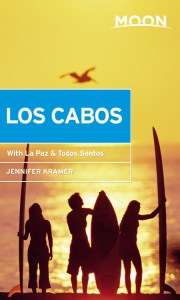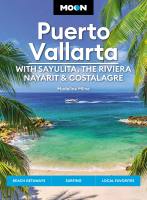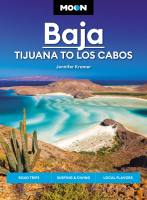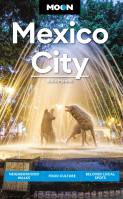Cabo Pulmo Diving and Snorkeling
One of only three coral reefs in North America, the Cabo Pulmo reef is 5,000 years old and the only living coral reef in the Sea of Cortez. The marine reserve was established in 1995 to protect the reef, and in 2005, UNESCO recognized it as a World Heritage Site. There are eight separate fingers of the reef, four close to shore and the other four out in the bay. The reef begins just a few meters off the shore, which makes Cabo Pulmo an extremely appealing diving and snorkeling spot. Commercial and sportfishing are banned within the park.
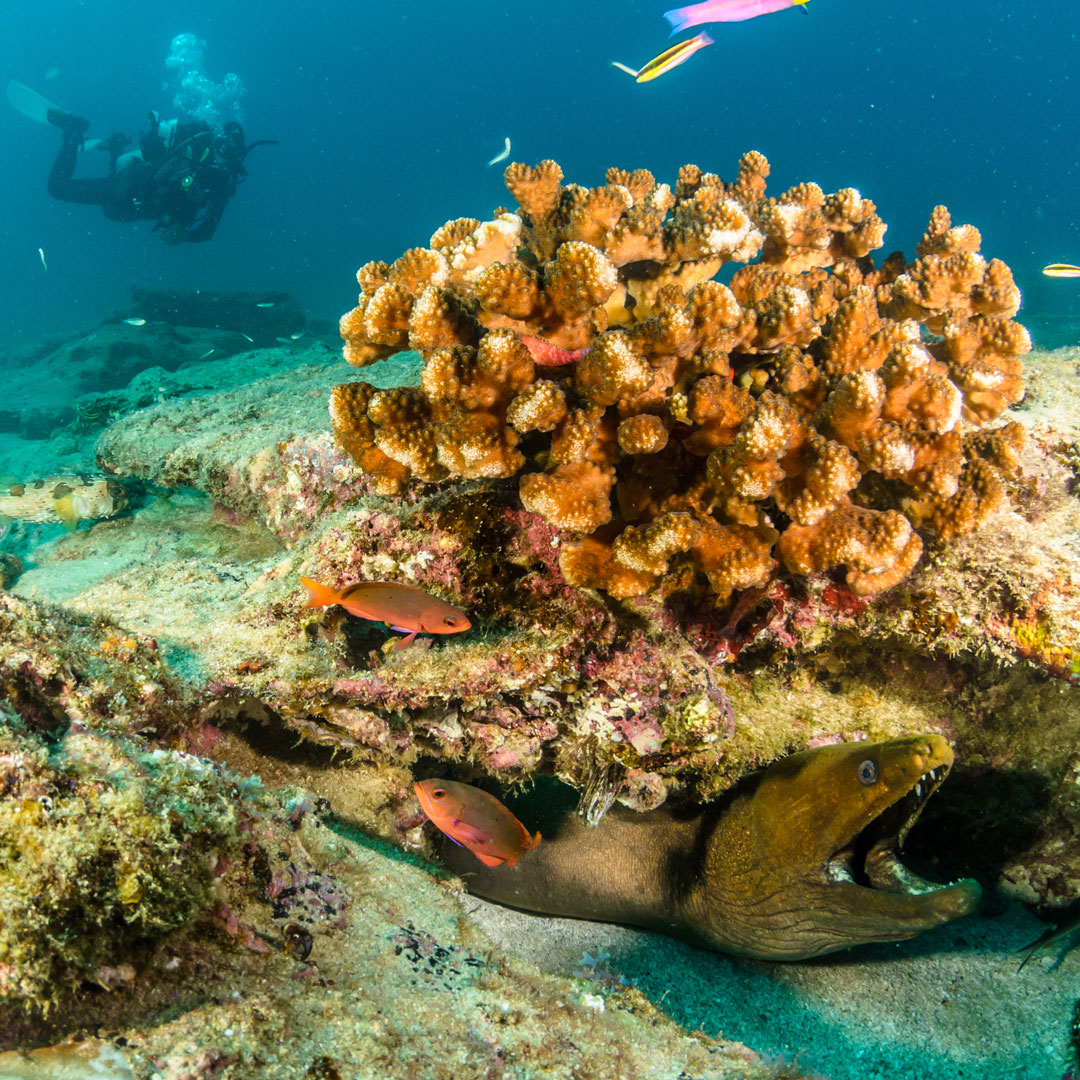
The waters here are teeming with marine life, and divers and snorkelers have the ability to see sea turtles, dolphin, parrot fish, angelfish, damselfish, mobula rays, sharks, and whales. Large schools of tropical fish provide impressive sights for those who explore this part of the Sea of Cortez.
The little town of Cabo Pulmo is completely off the grid. The rustic, dusty town is inhabited by a small group of Mexicans and expats who operate the dive shops, accommodations, and restaurants in town. There are not many services here (no ATMS or gas stations) and just a handful of small lodging options and restaurants. Travelers who visit are usually divers or those looking for a remote and peaceful escape.
Cabo Pulmo Beaches
Los Arbolitos
Five kilometers south of town, Los Arbolitos is the best beach in the area for snorkeling. There aren’t many services out here, so if you don’t have your own snorkel and mask, you’ll need to rent one in town before coming out to Los Arbolitos. There are primitive bathroom and shower facilities. You’ll need to pay US$2 to park your car and for access to the facilities.
Newsletter Signup
By clicking ‘Sign Up,’ I acknowledge that I have read and agree to Hachette Book Group’s Privacy Policy and Terms of Use
Playa La Sirenita
Also known as Dinosaur Egg Beach or Los Chopitos, this beach is difficult to access. Playa La Sirenita can only be reached by kayak, boat, or from a walking path from Los Arbolitos. The attractive narrow beach has white sand speckled by rocks. Hidden at the base of a cliff, the beach has protected waters that provide an excellent area for snorkeling around the rocks just offshore.
Los Frailes
When the winds kick up in the afternoons, divers and snorkelers head to Bahía de Los Frailes. Nine kilometers south of Bahía Cabo Pulmo, this sheltered bay provides a calm location for diving. The long beach has a few palapas for shade, but otherwise very few services. Snorkeling and diving take place at the northern part of the beach where the rocky point is. Camping is allowed, and this is a popular spot for dry camping and RVers.
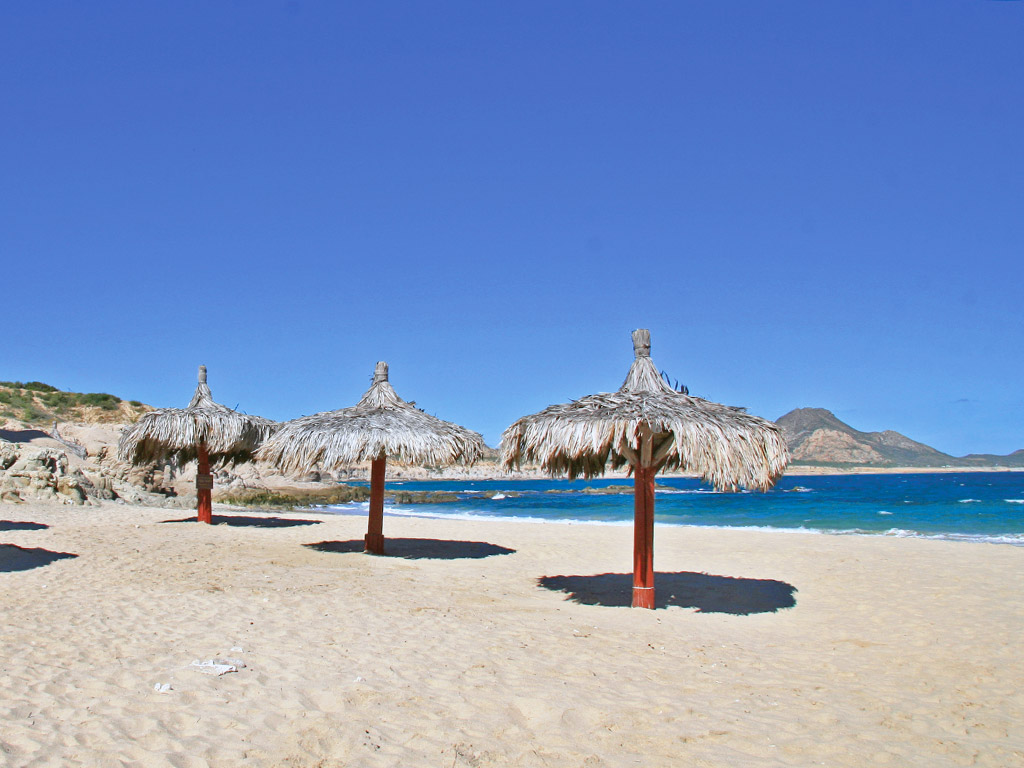
Snorkeling Cabo Pulmo
Because the coral reef begins just a few meters from the shoreline, it’s possible to snorkel directly from shore at Cabo Pulmo without having to take a boat out to reach the good spots. Los Arbolitos, about five kilometers south of town, is the prime spot for snorkeling off of the beach. If it’s too windy at Arbolitos, head down to the more protected Los Frailes where the snorkeling is good along the point on the north end of the beach.
If you want to go on an organized snorkeling trip, any of the tour operators that run dive trips can accommodate snorkeling trips as well. There are stands and information for tours in town where the beach access is (next to La Palapa restaurant). The tour operators can take you out on boats to certain beaches and spots that you can’t access on your own.
Snorkeling trips with Eco Adventures (tel. 624/157-4072, US$45-60) last 2.5 hours and include snorkeling equipment, waters, soft drinks, snacks, the national park entrance fee, and a guide. For those with younger kids, they offer a special device with a Plexiglas viewer that allows them to see underwater without using snorkeling gear.
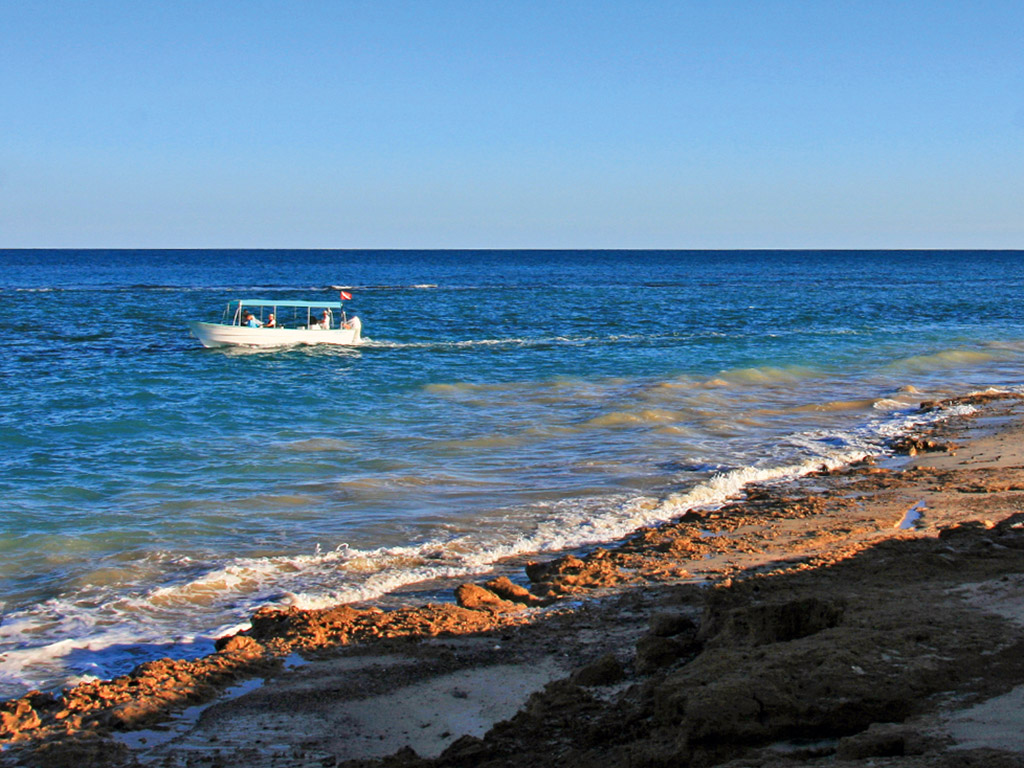
Diving Cabo Pulmo
There’s good scuba diving year-round in Cabo Pulmo, but the best seasons are summer and fall when the visibility is best (30 meters or more) and water temperatures are warm. Divers can find themselves surrounded by large schools of fish like snappers, bigeye jacks, and porkfish. Moray eels, sea turtles, octopus, sharks and manta rays are also common sights. Guided drift diving is how most tours operate, with divers drifting along with the current and the captain following with the boat.
In the center of town, Cabo Pulmo Beach Resort (tel. 624/141-0726) is a PADI-certified dive center. They have well-maintained gear and professional and experienced guides who can handle beginning to advanced divers. They operate a hotel as well, so they offer complete packages including accommodations, food, and diving.
With a stand near the beach access in town, Cabo Pulmo Sport Center (tel. 624/157-9795) offers dive tours that start at US$95 for one dive. They also handle snorkeling tours, equipment rental, sportfishing, kayaking, and whale-watching. In case you want to video your underwater adventure, they also rent GoPros.
Cabo Pulmo Divers (tel. 612/157-3381) and Cabo Pulmo Watersports (tel. 624/176-2618) are two more options for dive operators.
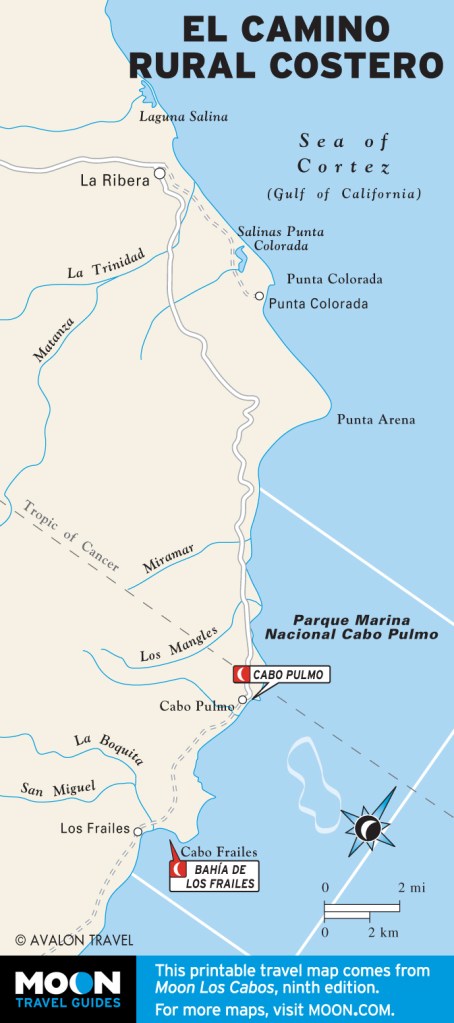
Newsletter Signup
By clicking ‘Sign Up,’ I acknowledge that I have read and agree to Hachette Book Group’s Privacy Policy and Terms of Use

